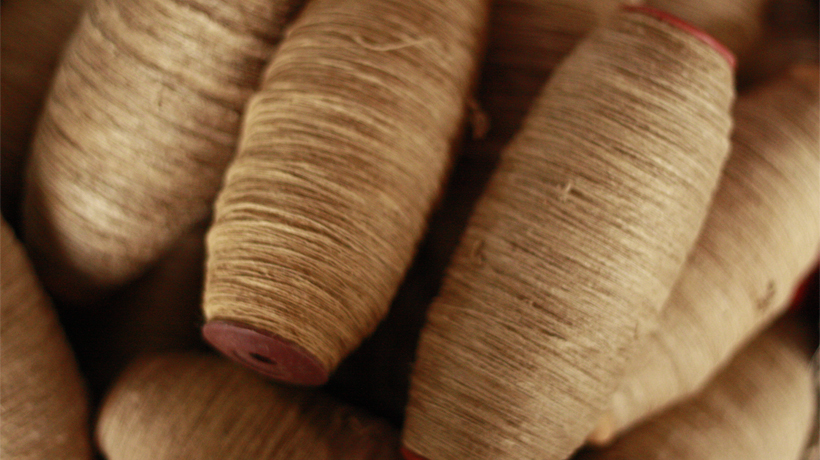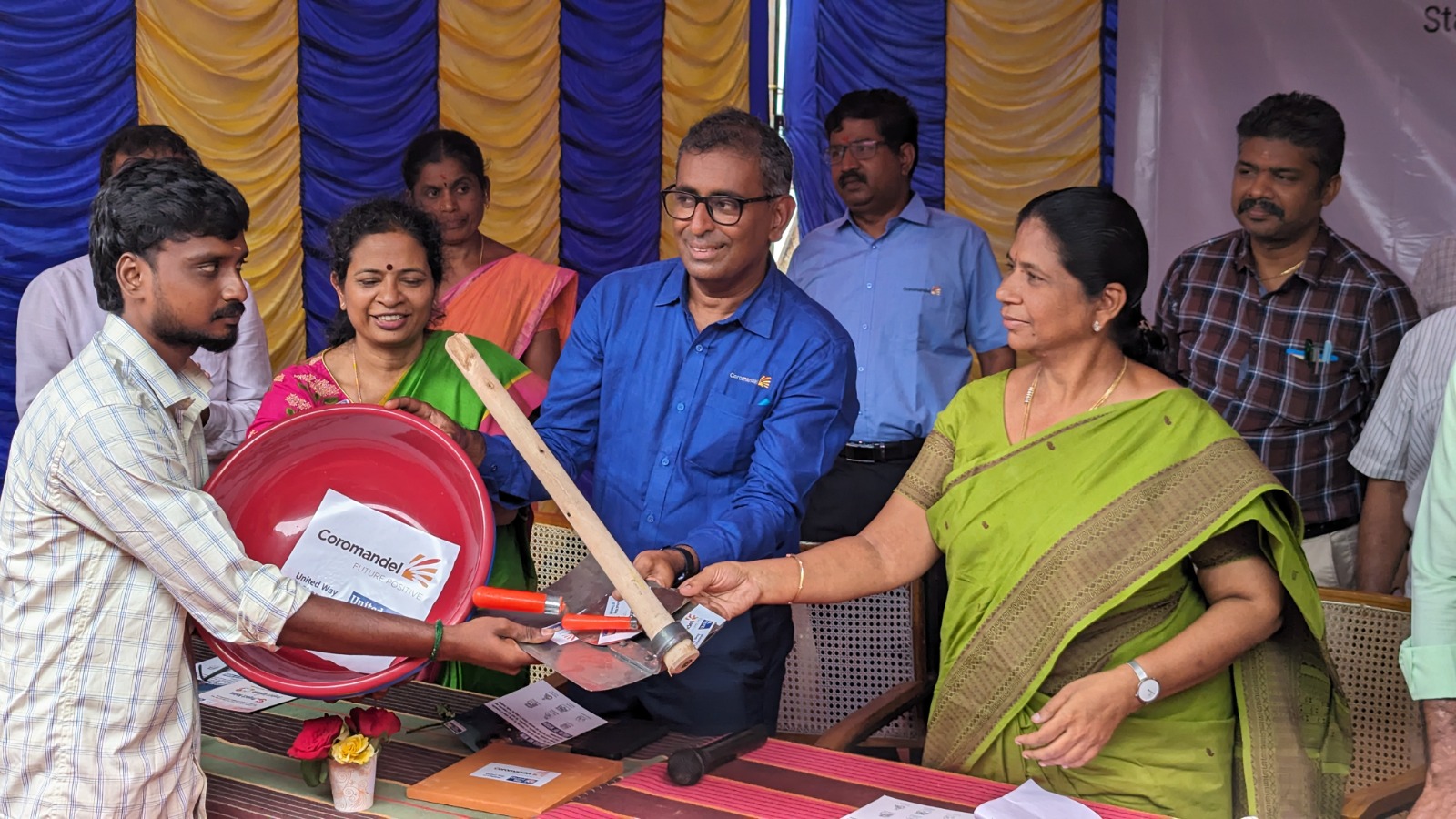Trending Now
- 830 voters names go missing in Kavundampalayam constituency
- If BJP comes to power we shall consider bringing back electoral bonds: Nirmala Sitaraman
- Monitoring at check posts between Kerala and TN intensified as bird flu gets virulent in Kerala
India News
Knitwear garments made of silk may soon take over your wardrobe
![]() January 15, 2018
January 15, 2018
Not just silk sarees and dress materials, Knitwear garments made of silk might soon take over your wardrobe; all thanks to the joint efforts between the central silk board and the NIFT-TEA college that has successfully blended silk and cotton for manufacturing garments. As part of the project, eri silk; one of the three wild silks and mulberry silk, the most popular variety in the country were blended in different proportions with cotton to produce new material.
“Knitwear industry has clearly identified the definition of fashion meaning thereby combination of many things put together and corresponds to feeling of something. Creation of hi-style and value added knitted garments are instrumental in driving out the value-hidden stuff of the knitwear exporters with a motive that it reaches the intending onlookers who believe in right choice of
selection. The Indian knitting industry has been one of the most innovative global producers of knitwear products,” says C P Senthil Kumar, head of R&D department at NIFT-TEA college. He adds, “these knit structures have better physical, dimensional and comfort properties. These Eri silk offers immense possibilities for product diversification and better value realization for the primary tribal producers.”
India is the only country in the world producing all four varieties of commercially known silks viz Mulberry, Tasar, Eri and Muga. While mulberry silk is produced on larger scale, the other three variety of silks viz Tasar, Eri and Muga are produced mainly by the tribal people inhabiting the forests. Therefore these silks are popularly known as Vanya Silks. Product Design, Development and Diversification have been a pressing need of the Indian silk industry. India has been consolidating its position as the second largest producer in terms of quality, as well as quantity. Therefore, diversification of products to address market needs is absolutely essential.
“The Indian silk industry has certain inherent strengths that need to be projected and harnessed effectively. The export market base needs to be widened and the range of products has to meet the expectations of the market. The domestic market itself is quite substantial for some products, specifically sarees and dress materials. The Indian silk industry is on the threshold of perfecting a new identity, fitting into the global scenario,” explains Senthil.
What is Eri Silk?
Eri silk also known as endi or errand, produced by the Eri silkworm (Philosamia Ricini). These worms feed mainly on castor and Kesseru. Eri silk is thick, warm,soft, rare and very long lasting. India is a major producer of eri silk. It is grown in Assam and Eastern parts of India. Eri silk is unique silk with rough appearance, rustic touch and aesthetic appeal. It has finish of wool, look of cotton and softness of silk. Textiles woven with this Eri silk are characterized by strength, durability, less wrinkle and greater elasticity. Eri silk has specific thermal property, which makes its alternative fiber wool.
“Yes, Eri silk could be warmer than others, so silk-cotton knitwears has higher thermal insulation making it perfect as a winter garment. Adding, “ We all know that cotton and silk have different qualities but the blending turned out to be successful. The parameters in both the knitting and dyeing processes were changed to ensure balance and stability.”
The challenge for us is not whether there is commercial market for silk-cotton products, because China has already showed us the way, but how to make it more cost effective.





















